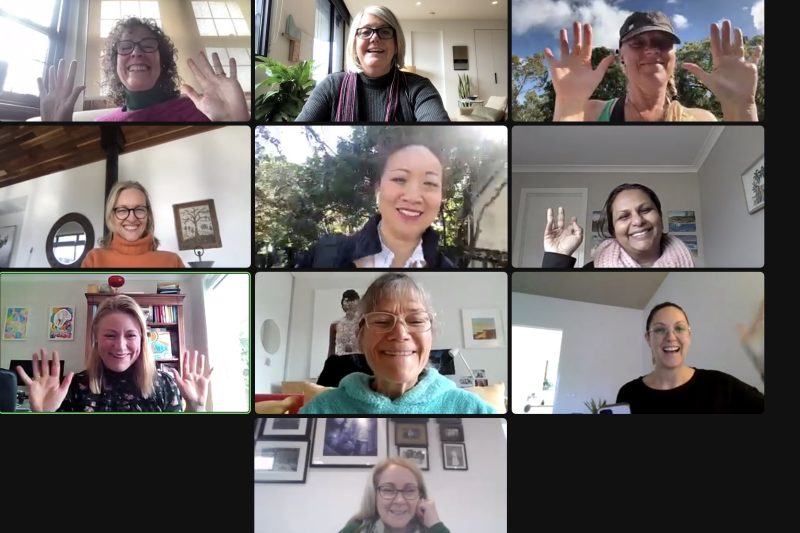Over the years I’ve worked with many companies, both big and small, to guide them through the process of writing their new company purpose statement. I’ve observed that while there is no ‘one size fits all’ approach, there’s still five distinct stages for leaders to adopt to ensure the new purpose is both meaningful and actionable for employees.
The most important quality of any CEO on this journey is, of course, the COURAGE to deviate from the norm.
The Purpose Statement Co-creation Process
Stage 1: Connection. The first stage for purpose success is to ensure the executive team and board are fully connected to the imperative of purpose, their own personal purpose and each other. A Deep Dinner is the perfect vehicle to create cohesion in a convivial atmosphere where titles are left at the door. If there is no buy-in or shared commitment to the purpose journey at a leadership level, it will be nigh on impossible for it to take effect across the company.
Stage 2: Co-creation. The next stage is to co-create the purpose statement in a facilitated one-day workshop/s with the people in your company who care most about purpose and meaning in the workplace. It’s a handful of dedicated leaders as well as people from across silo’s and at the coalface. These are the 20% of your people who will bring about 80% of the purpose impact. The outcome of the workshop is a co-created purpose statement/s following my structured framework.
Stage 3: Conversation. Conversations are then held with employees to share the potential new purpose statement/s and to seek feedback on anything that might prohibit the purpose from being realised. This may be done as Lunch ‘n Learns, focus groups or private interviews. These conversations are necessary for education and engagement to ensure everyone feels heard and ready to take ownership. From insights gathered, the Purpose Activators can then make an informed decision on the final purpose statement.
Stage 4: Commitment. This is where a commitment is made to the new purpose statement and announced by the CEO to all employees. It’s best done as a town-hall/s with facilitated discussion and activities with the Purpose Activators and leadership. This must be a two-way communication activity where people are invited to explore the new purpose and come up with ideas on how they can make it their own and bring it to life every day in their work.
Stage 5: Communication. Storytelling is the most effective and powerful way to share purpose internally and externally. It is both an art and a science and can be taught through a short course teaching your people how to write and tell their purpose story in 5 minutes either on a stage or in a meeting. There are many potential mediums and platforms to share stories and a customised approach is required depending on the communication tools you already have or wish to use.
I acknowledge that the above process ignores deeply entrenched systems and structures within many companies that may not enable this newly formed purpose to flourish immediately. Stage 3 of the process should highlight any of these areas and opportunities for innovation to ensure the new purpose will ultimately become the foundation and Northstar of your company.
If you’re open to a conversation about whether this approach might work for your company, please reach out. I’d be happy to take you on a discovery journey to explore what might work for you and your company.
Yours on purpose

About me: I help leaders attract and retain the best people by harnessing the power of deep purpose and storytelling. I do this through The Purpose Project for Companies (a 5-stage customised consultative process to help leaders in organisations unearth their new corporate purpose) and The Purpose Project Course (a 7-step DIY course to help individuals and teams bring their own purpose to work).




